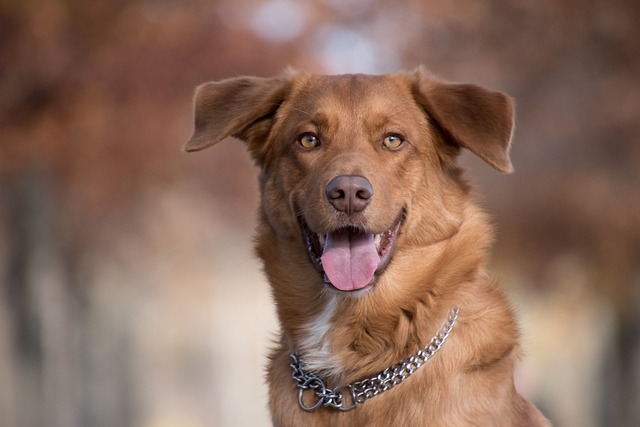
How do i train my dog to be obedient?
Watching your dog dart across the park ignoring your calls isn’t just frustrating—it can put them at risk near busy streets or public spaces.
Disobedience in dogs often stems from confusion, not defiance. A pup that ignores your “come” command or chews the couch might not understand what you want—or could be reacting to stress. The key is to build clear communication, starting with consistency in your cues and rewards.
Start small with 5-minute training sessions daily. Use a high-value treat, like freeze-dried chicken, to reward even tiny wins: pausing mid-dash when you say “wait,” or sitting before meals. In cities like Paris, where leash laws are strict, mastering “heel” isn’t just polite—it’s legally required to avoid fines. Keep commands short (“sit,” “stay”) and use the same tone each time; dogs respond better to calm, firm voices than shouting.
Address the root cause, not just the behavior. A dog that jumps on guests might crave attention, so teach them to “sit” for pets instead. If they pull on walks, stop moving—they’ll learn pulling gets them nowhere. In Sweden, animal welfare laws prohibit punishment like shock collars, so focus on positive reinforcement. A friend in Oslo turned her lab’s door-dashing habit around by rewarding him for sitting when the door opened, using his favorite ball as a motivator.
 Socialization matters more than you think. A dog that barks at other dogs or ignores commands in busy parks may feel overwhelmed. Gradually expose them to new sights and sounds, starting with quiet streets and progressing to dog parks. In the UK, many local councils offer free puppy socialization classes, which not only help with obedience but also keep you compliant with community guidelines on well-behaved pets.
Socialization matters more than you think. A dog that barks at other dogs or ignores commands in busy parks may feel overwhelmed. Gradually expose them to new sights and sounds, starting with quiet streets and progressing to dog parks. In the UK, many local councils offer free puppy socialization classes, which not only help with obedience but also keep you compliant with community guidelines on well-behaved pets.
Timing is everything. Reward good behavior within 3 seconds—any later, and your dog won’t connect the action to the treat. Similarly, if they misbehave, a firm “no” followed by redirecting their energy (like tossing a toy) works better than scolding. This aligns with guidelines from the RSPCA, which emphasizes that punishment damages trust and slows learning.
Be patient with breed quirks. Huskies, bred to pull sleds, may resist “heel” more than a retriever, while terriers might fixate on chasing squirrels. Adjust your approach: use a harness for strong pullers, or practice “leave it” with treats to distract hunters. Remember, even stubborn breeds thrive with routine—feeding, walks, and training at the same times daily builds security.
In the end, obedience is a partnership. By speaking your dog’s language, respecting their needs, and following local laws, you’ll turn frustration into trust. The payoff? A pup that listens not out of fear, but because they want to please—making every walk, every cuddle, that much richer.

Watching your dog dart across the park ignoring your calls isn’t just frustrating—it can put them at risk near busy streets or public spaces.

New puppy owners often find themselves rushing to clean up accidents before they set in, and that’s where puppy pad training becomes a game-changer.

If you've noticed your dog's waistline disappearing and your veterinarian has mentioned those few extra pounds, your first instinct might be to simply reduce the amount of food in their bowl.

Training a dog to use a designated spot indoors isn’t as daunting as many new owners fear, but it does take consistency and an understanding of your pet’s needs.

That moment of dread on a walk is all too familiar for many new dog owners. You see another dog approaching down the sidewalk of your neighborhood

If the sight of another dog on your neighborhood walk makes your heart sink as your own dog erupts into a frenzy of barking and lunging, you're not alone.